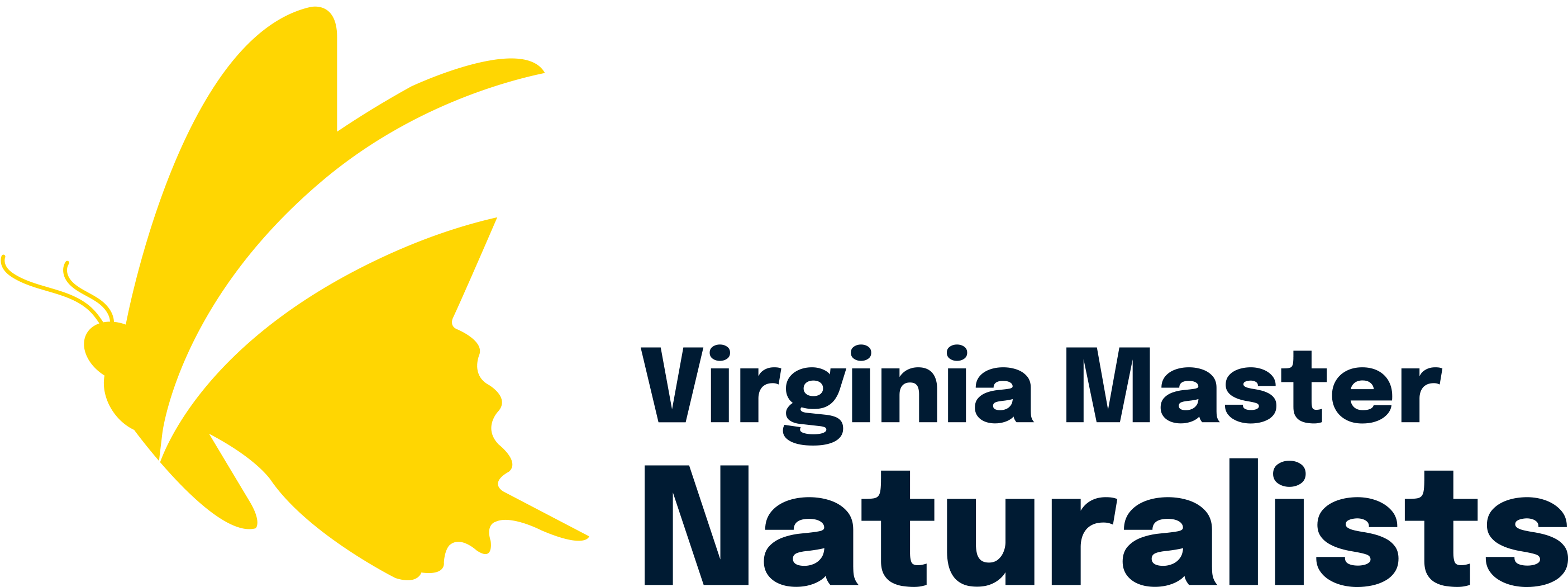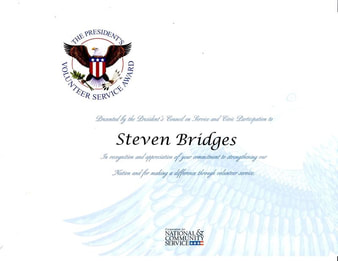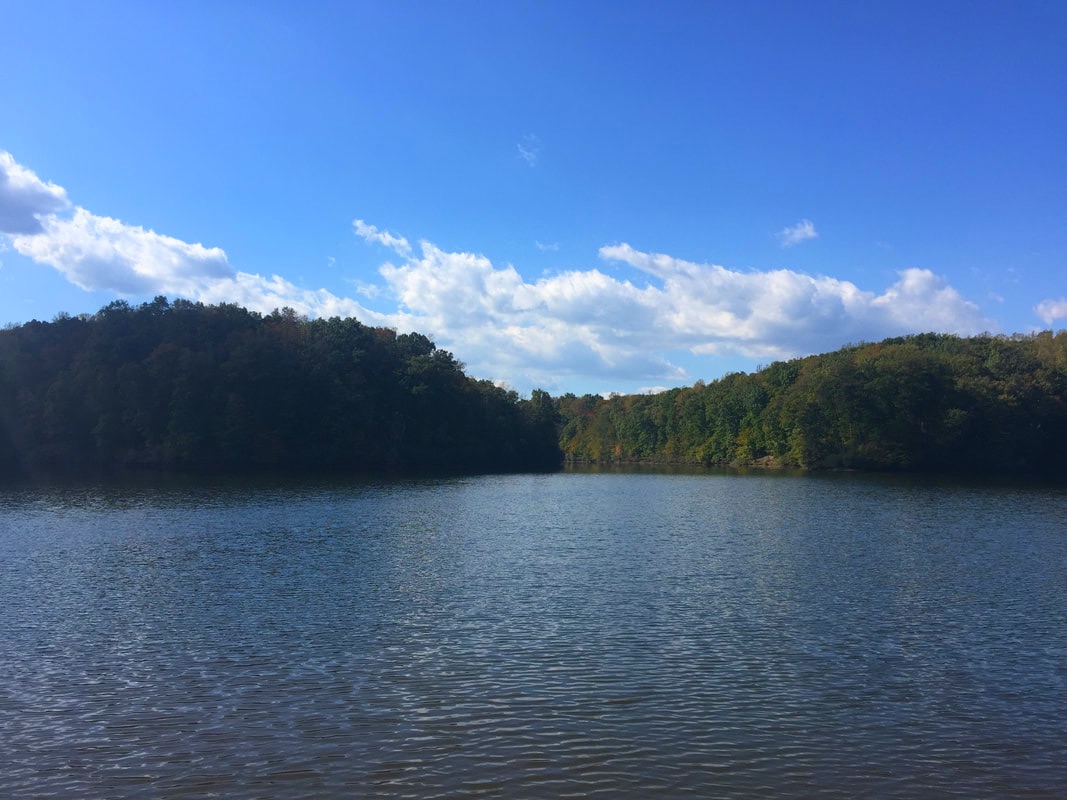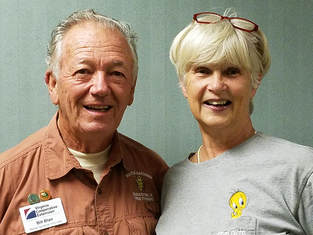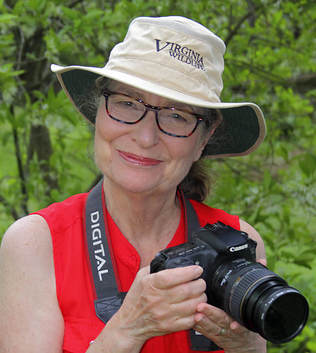Laurels – Summer 2018
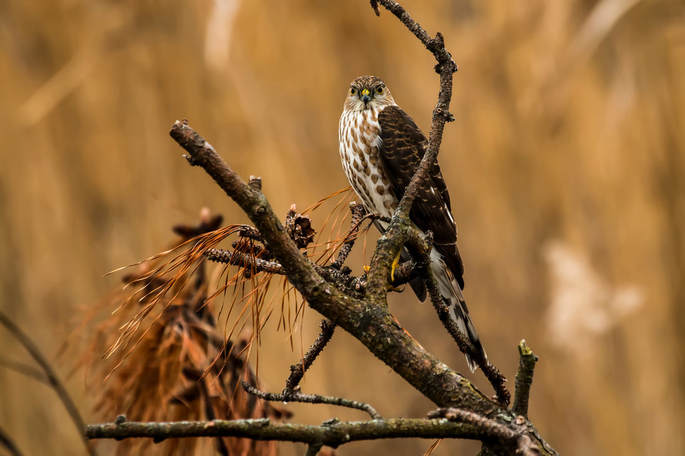 Sharp-shinned Hawk on Chincoteague by Judy Jones, VMN-Historic Rivers Chapter.
Sharp-shinned Hawk on Chincoteague by Judy Jones, VMN-Historic Rivers Chapter.
By Shirley Devan, VMN-Historic Rivers Chapter
In 2008, Judy Jones was still teaching reading at a local Williamsburg elementary school when her spouse, an avid naturalist, joined Cohort IV for Basic Training. In 2012, her spouse died after a relatively short fight with cancer. Our chapter offered Judy emotional support and she began to feel a part of the group.
In 2013 after retirement, Judy began Basic Training in Cohort VIII. She was a quick study and soon became an enthusiastic Master Naturalist.
In March 2016, Judy became President of our chapter. She was a superb Chapter leader skilled in group facilitation and full of compassion for everyone in our Chapter. Judy always has a “thank you” for to our volunteers: “excellent job, amazing work, impressed by your contributions, great success, wholeheartedly approve, and much more.” She is a true champion of our Chapter and our members.
Since she joined Historic Rivers Chapter, Judy has become a skilled wildlife photographer. Each year she participates in our chapter and state VMN photo contests and submits her stunning nature photos to various local, state and national contests. This summer, VIRGINIA WILDLIFE magazine published Judy’s photo of a Sharp-shinned Hawk in the Fauna category. Also, the Chesapeake Bay Foundation’s 2019 Calendar features Judy’s photo of a fisherman casting his net into the Bay.
Many nature lovers in Virginia and the mid-Atlantic region are enjoying Judy’s photos. Congratulations, Judy!
 Back row, from left: Jennifer Helms, Karen Rasmussen, Bob Rasmussen, Geoff Orth (Training Coordinator), Steve Gardner, Becky Frauen, Terry Lovell. Front row, from left: Dorian Albano, Bob St. John, Marcia St. John, Shearer Rumsey, Larry Deal Not pictured: Frances Lash, Lane Cook, Kathy Williams, Cathy Logue.
Back row, from left: Jennifer Helms, Karen Rasmussen, Bob Rasmussen, Geoff Orth (Training Coordinator), Steve Gardner, Becky Frauen, Terry Lovell. Front row, from left: Dorian Albano, Bob St. John, Marcia St. John, Shearer Rumsey, Larry Deal Not pictured: Frances Lash, Lane Cook, Kathy Williams, Cathy Logue.
By Geoff Orth, VMN-BRFAL
The Blue Ridge Foothills and Lakes (BRFAL) chapter of the Virginia Master Naturalists (VMN) class of fifteen students from Bedford and Franklin Counties graduated April 28 in a ceremony at Sontag Park near Rocky Mount. They had completed a two-and-a-half month course focused on nature themes over eight weekday evenings and three Saturdays.
Highlights included Nell Fredericksen’s herpetology class, complete with live snakes and amphibians; the basics of birding, led by Linda Corey of Roanoke, including instruction on how to use binoculars; nature hikes led by Ferrum faculty members Bob Pohlad and Todd Fredericksen; and overviews of the worlds of insects, led by Kal Ivanov, staff entomologist at the Virginia Museum of Natural History in Martinsville, and fish, led by chapter mentor Don Kelso, an emeritus professor at George Mason University.
Students were supplied with pocket manuals and computer apps for identification of trees and shrubs; mammals, from bears to moles and voles; butterflies; wildflowers; and insects. They needed all of these references to complete their field work and the final assessment, which was conducted along BTWNM’s extensive trail network. As part of that assessment, students were required to identify trees, vines, and shrubs; evidence of mammals; stream, soil, and geological features; and plants and wildflowers. They were also asked to explain various other natural processes, such as bird migration, natural succession after such events as forest fires, and seed propagation.
Steve Bridges, Certified VMN in the New River Valley Chapter, received the President’s Volunteer Award in recognition of his service as a range monitor in the Jefferson National Forest.
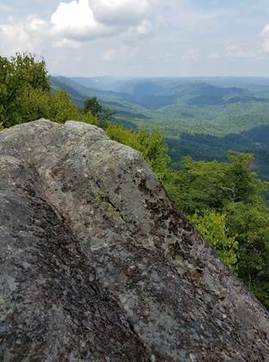 Overlook on a brand-new section of the Pine Mountain Trail
Overlook on a brand-new section of the Pine Mountain Trail
on the border of Virginia and Kentucky. Photo by Phil Meeks, VMN-High Knob Chapter Advisor.
Myrel Short was recognized for his exceptional service maintaining the Pine Mountain Trail (PMT), which borders Virginia and Kentucky. Other PMTC board members frequently joke that Myrel is a one-man trail crew, due to the amount of time and energy he gives to the upkeep of the trail. A USFS employee recently commented in an online discussion that the PMT is the most well-maintained trail in the district. (Note: You can read more about the Pine Mountain Trail in a Blue Ridge Outdoors magazine article by Wally Smith, an instructor and local partner for the VMN-High Knob Chapter. Also check out the trail website)
Paxton Allgyer received the Diane Relf Master Gardener College scholarship to attend the VCE Master Gardener College (similar to the VMN Statewide Conference and Volunteer Training) in June. Congratulations, Paxton!
Chris Allgyer was featured in a Coalfield Progress article for his retirement from Mountain Empire Community College in May. Chris was the last original MECC professor, having taught math at the college for 46 years. He’s planning to use his retirement to spend more time on volunteer service and being a VMN volunteer!
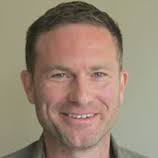 Rentz Hilyer, VMN-Fairfax Chapter
Rentz Hilyer, VMN-Fairfax Chapter
Rentz Hilyer, VMN-Fairfax Chapter, received the Beautification and Environmental Improvement Award from the Friends of Little Hunting Creek for his service cleaning up and enhancing a public trail at the creek. Rentz also serves as the Vice President of the Fairfax Master Naturalists and works at the Northern Virginia Conservation Trust.
Alonso Abugattas, a longtime instructor and partner for several Northern Virginia VMN Chapters received the 2018 National Association for Interpretation Master Interpretive Manager Award, one of NAI’s most prestigious awards.
Laurels – Summer 2018 Read Post »
